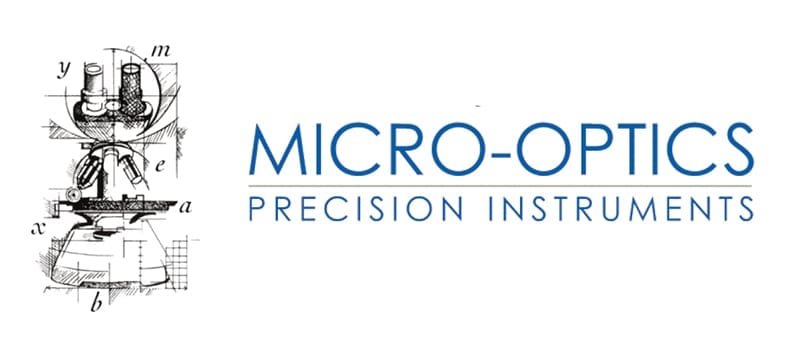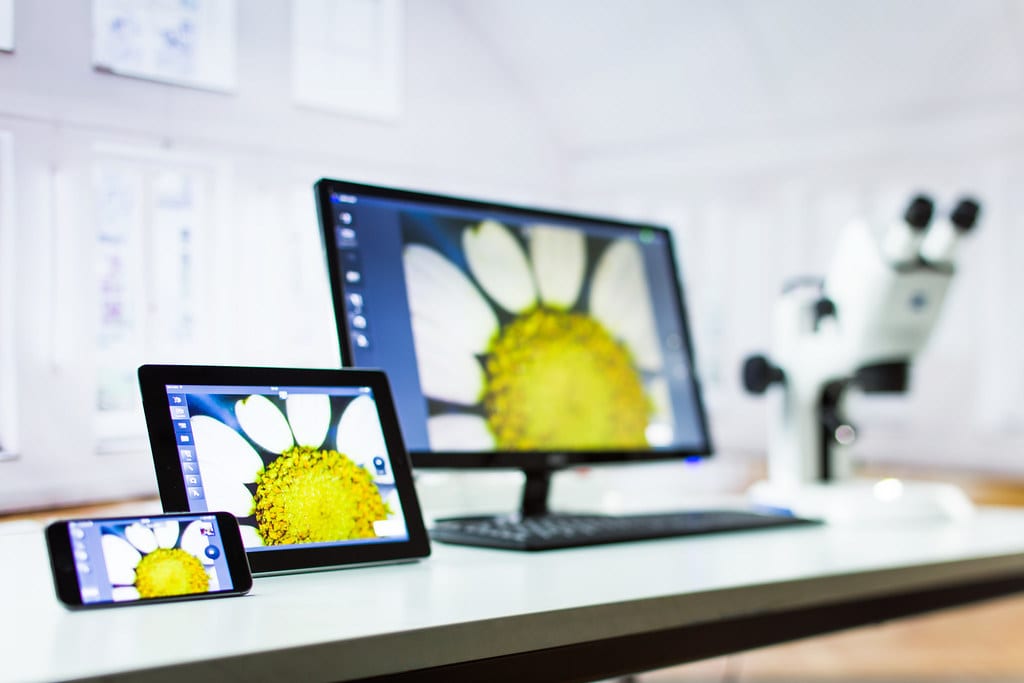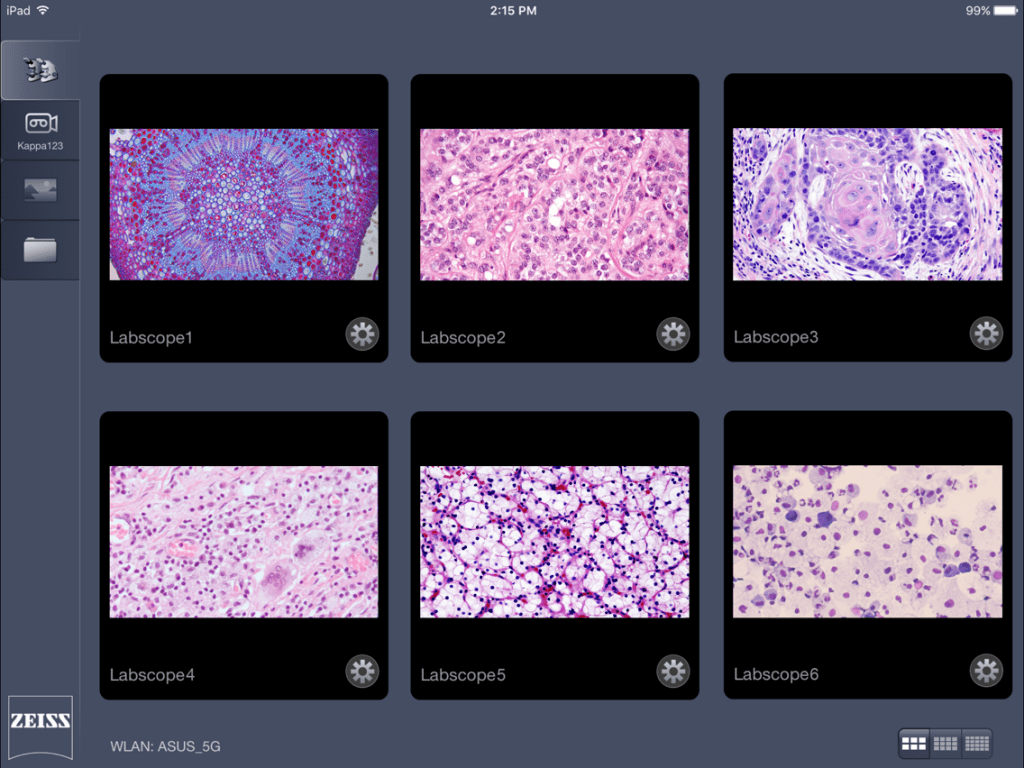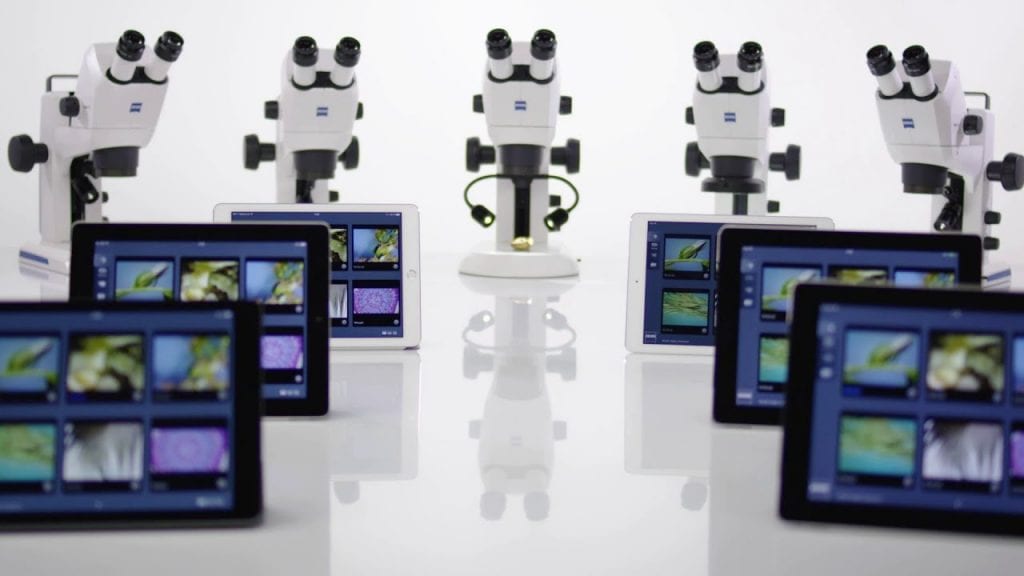These are certainly unusual and unprecedented times. SARS-CoV-2, has obviously impacted our lives and significantly changed how we work and will be working.
Following state and local guidelines, labs in hospitals and universities paused their work or radically limited access to their lab. Researchers and educators implemented new protocols so work and learning could continue remotely.
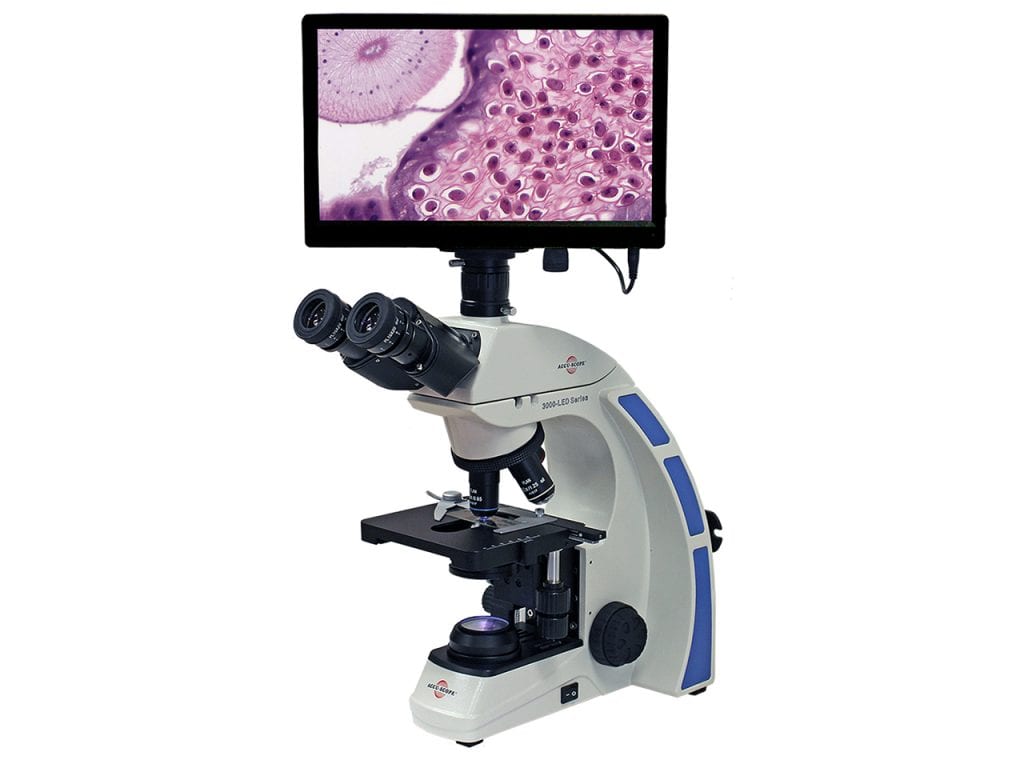
Remote microscopy and automated digital microscopes allowed researchers to access their tools so research could continue apace, diagnoses could be made, and educators turned to digital microscopes both at home and in their labs for their research and teaching over the net.
Many already had the technology in place while others needed to purchase new systems or modify existing instruments with equipment such as wireless, High Definition (HD) and 4K cameras to make the transition.
When labs re-open and work resumes, how people interact with each other and their equipment will be different. Even more caution and emphasis will be placed on a safe and clean laboratory environment, especially clinical and teaching labs.
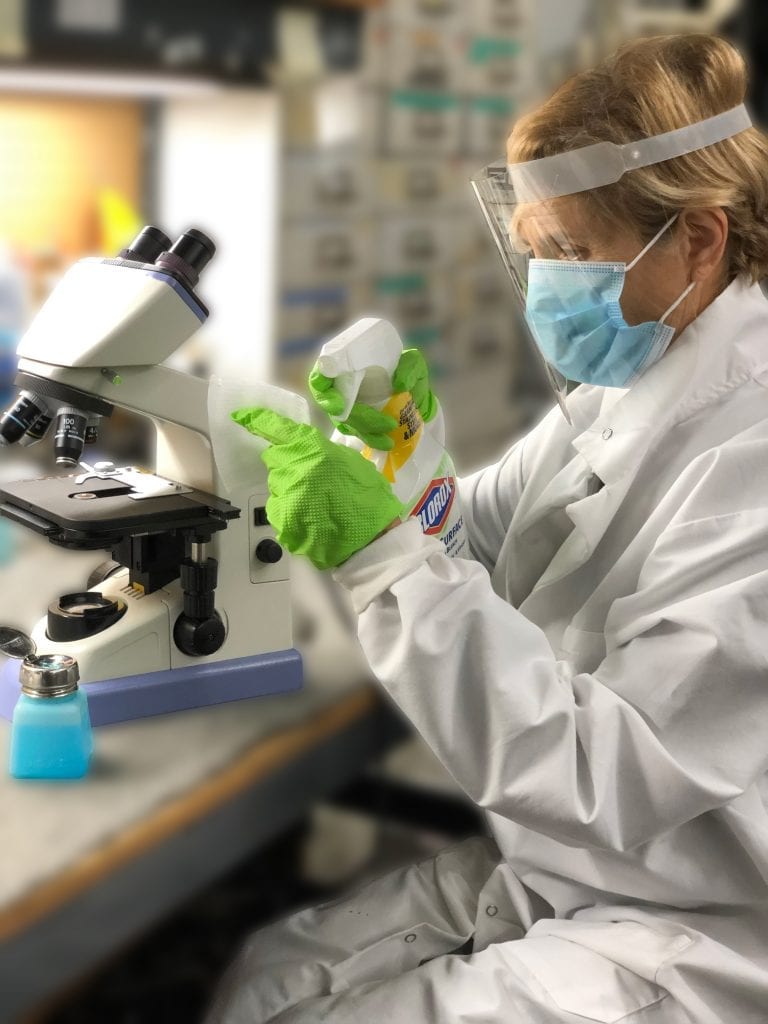
In a lab setting of any type, but particularly where multiple users are sharing a microscope, ensuring the microscope is clean and sanitized is a critical component of a safe and sanitary lab.
First and foremost, your microscopes should be serviced and cleaned with EPA approved disinfectants before your lab re-opens.
For this, it is prudent to turn to a professional microscope technician who can perform the work while protecting the sensitive components (optics, stage, condenser, etc.) of your microscope(s).
Moreover, to avoid cross-contamination in a group setting where multiple clinicians or students will be using one instrument, consideration should be given to adding a low cost digital display device such as a HD wireless camera in the eyepiece or trinocular port so the microscope image can be viewed on an accompanying tablet or screen, by multiple users concurrently.
Today, we have cameras and kits that allow:
- Streaming of HD Images to one or more mobile devices.
- HD and 4K connection to a large screen monitor or projector.
- HD and 4K cameras that connect to a screen attached directly to the microscope.
For more info, the World Health Organization (WHO) and Centers for Disease Control and Prevention (CDC) have published protocols, manuals, guidelines and recommendations on biosafety guidelines for a safer and sanitary lab.
